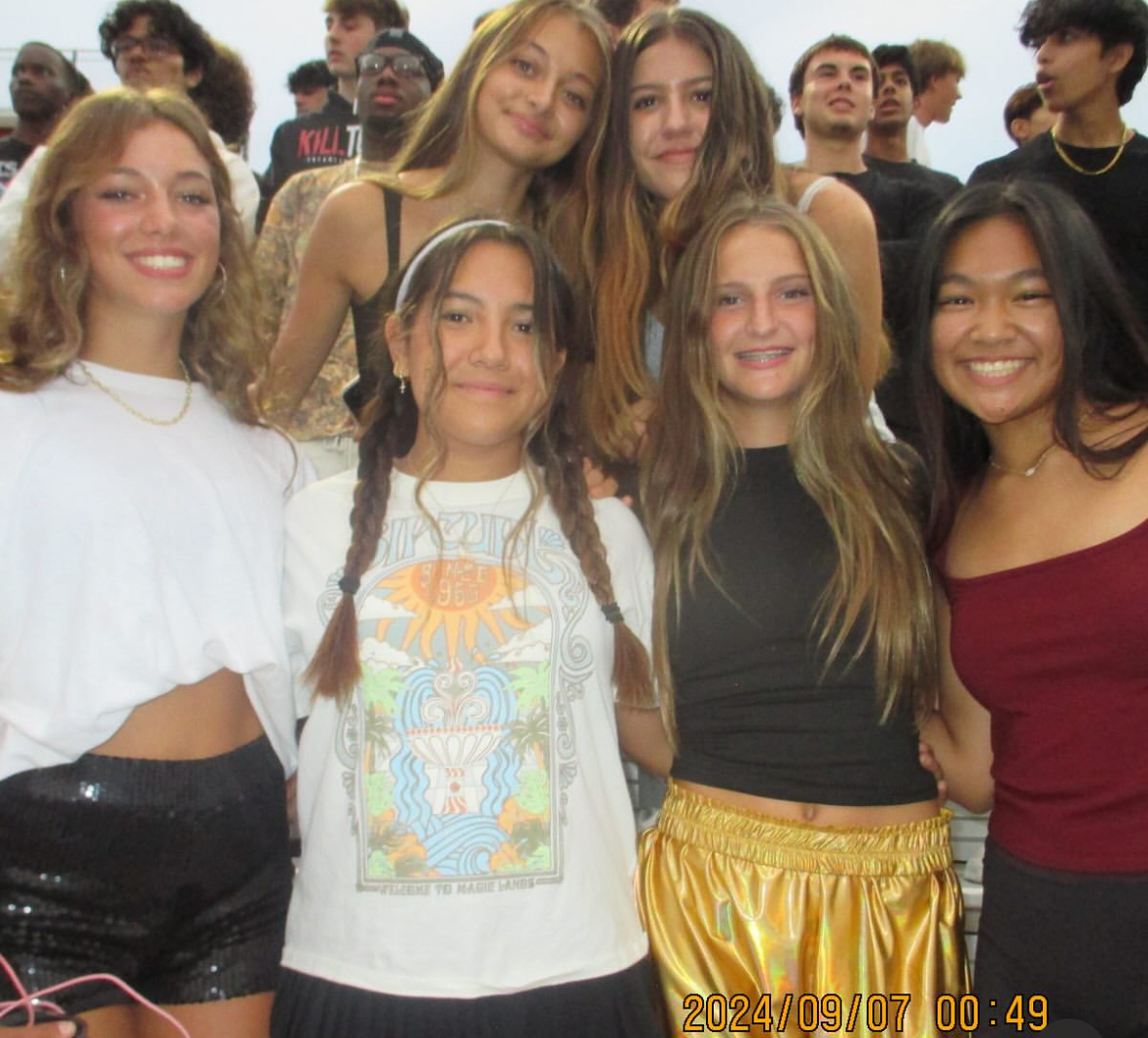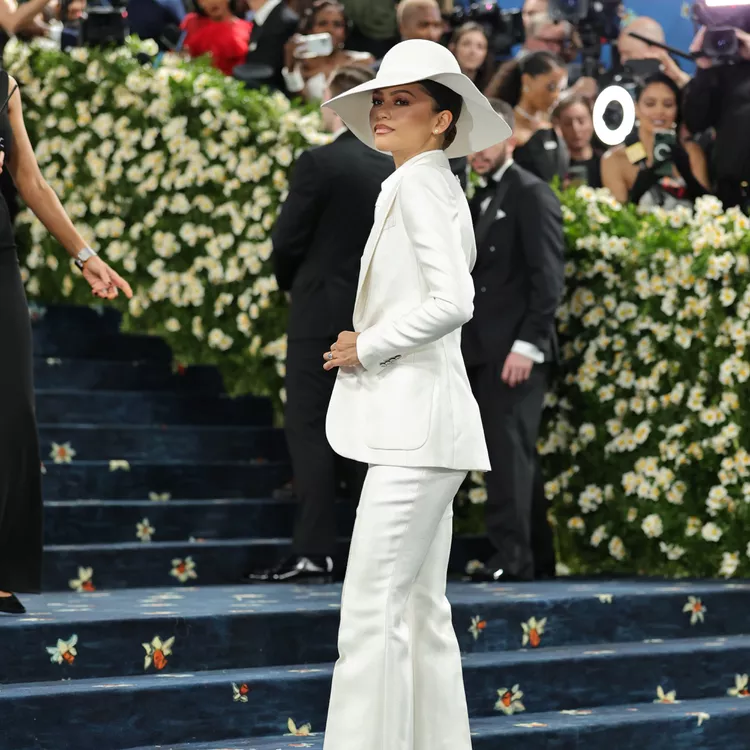The Kite Runner: The book you might have actually liked
February 23, 2015
Throughout our high school careers, we are sentenced to not only read, but also to analyze books within an inch of their lives and scrape the life lessons and wisdom from sometimes centuries-old novels. Dusty volumes of the Odyssey and Walden are dragged out every year to be scrutinized by students and searched for hidden meanings and underlying significance. Very few books we read in our time at Lambert are based in this day and age, and even less are actually enjoyable. However, many may find that they can tolerate one of the books we read in school, which is typically read during junior year: that book is The Kite Runner, by Khaled Hosseini. The Kite Runner is not written in the old English style of a work of Shakespeare, nor in endless metaphors and allegories that Mr. Thoreau so enjoyed. The book is written in simple prose, and has a compelling and relevant story that students are actually able to connect with.
The Kite Runner focuses on two boys living in Afghanistan during the Soviet invasion and subsequent reign of terror by the Taliban. One of the boys, Amir is a Pashtun, a boy of the privileged race in Afghanistan, and the other is a Hazara, and a servant to Amir. The story chronicles their friendship and close bond, and their days spent together competing in kite flying competitions. The book’s many emotional and thought-provoking scenes of what life is like for the boys actually had the ability to enthrall many of the juniors who read the book this year. There are many thrilling plot twists as well that give the book a satisfying ending. Lauren Pearson liked the way the story switched from Amir’s early life to when he was an adult. “The Kite Runner was great because it goes back and forth between the eras of Amir’s life and gives you different views of the conflict in Afghanistan,” she said. “It was interesting how we could see the difference between Amir’s seeing the conflict on T.V. in American and then actually going there and experiencing it for himself.” Junior Madeline Laguaite had similar sentiments, saying about the book: “It was fast paced from the beginning, which immediately caught my attention. The characters were well-developed and I think Hosseini’s descriptive writing style is what really prompted me to read the book in three days. It’s the kind of book you just can’t put down and I really connected with it.”
So if you are a freshman or sophomore suffering through an old, irrelevant book you can’t seem to connect with, junior year will arrive soon enough, and with it, some more appealing reading material. As with many other classic books, there is a movie version of The Kite Runner, but in accordance with most book-to-movie adaptations, the movie doesn’t really give justice to the book and you don’t really get the whole story, as much of the book is told in flashbacks that couldn’t be translated to the silver screen. If you are going to actually read any of the books you learn junior year, I suggest you read The Kite Runner, as it is book worthy of some attention.











Carina Jimenez • Sep 23, 2015 at 7:20 pm
I agree! Love teaching that book and glad to hear students are enjoying it as much as I am.